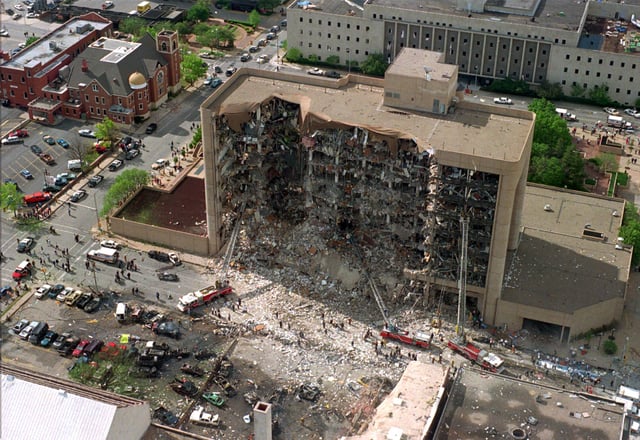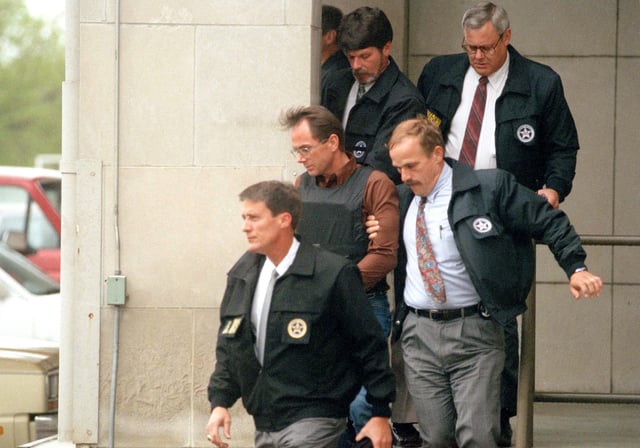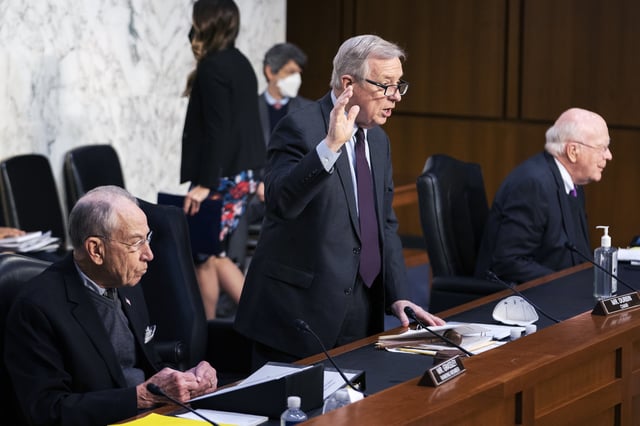Overview
- The 30th-anniversary ceremony at the Oklahoma City National Memorial includes readings of victims’ names, survivor testimonies, and a keynote by former President Bill Clinton.
- The 1995 bombing of the Alfred P. Murrah Federal Building by Timothy McVeigh killed 168 people, including 19 children, and injured hundreds more.
- New documentaries on Netflix and NatGeo explore the attack’s impact, featuring survivor stories and insights into the rise of domestic extremism.
- The bombing led to significant counterterrorism reforms, including the 1996 Antiterrorism Act and the Justice Department’s 2022 domestic terrorism unit.
- The National Memorial, featuring 168 empty chairs, a reflecting pool, and the Survivor Tree, continues to draw over 500,000 visitors annually to honor the victims and educate on the dangers of political violence.



